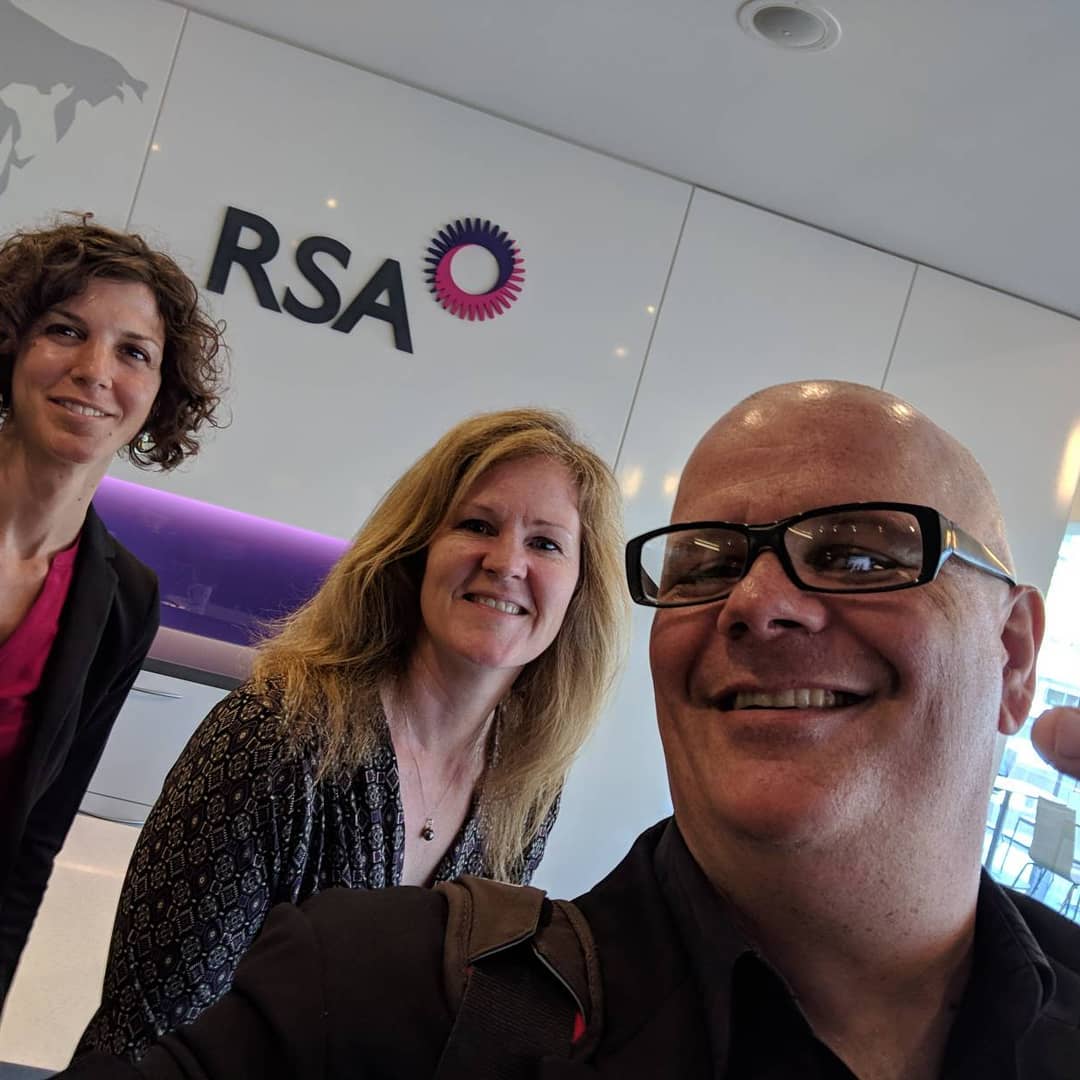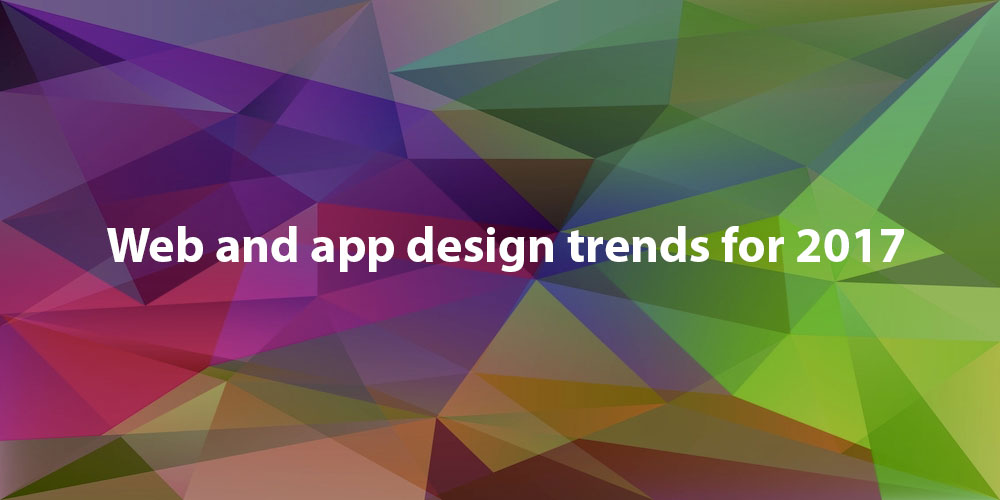Congratulations Andrea
Women Changing the World hono(u)rs Adler University Adjunct Faculty Andrea Carter with two prestigious awards
Andrea Carter, adjunct faculty in the Department of Industrial and Organizational Psychology at Adler University, has been hono(u)red with two significant awards from Women Changing the World. These accolades were presented by Sarah Ferguson, Duchess of York, and Tererai Trent, Ph.D., at a distinguished ceremony held in Windsor, UK.

Andrea Carter
Carter received first place in the Micro Business of the Year category and second place in the Innovation Award category. Her first-place award recognizes her as an exceptional woman in micro business for her consulting company, Belonging First. Her consulting business, a result of her work as a student in the Online Campus’ Master of Arts in Industrial and Organizational Psychology (I/O Psychology) program, focuses on helping businesses set benchmarks in how to approach, measure, and implement crucial organizational practices, with a foundational focus on belonging.
Carter’s Innovation Award recognition highlights women with a creative, scalable, interesting, and innovative concept to change the world. These awards recognize her groundbreaking research and contributions to fostering a sense of belonging in the workplace.
Women Changing the World, a renowned organization that celebrates the achievements of women making substantial impacts globally, hosted the ceremony. The event highlighted the exceptional work of women who are leaders in their fields, focusing on those driving change and promoting inclusivity and innovation.
Along with her master’s degree in I/O Psychology, Carter earned a minor in Social Justice and a specialty in Strategic Human Resource Management from Adler University. Her recognition in these categories underscores her dedication to advancing workplace belonging and her influence in the field. Carter’s research and practical initiatives have significantly contributed to understanding and improving how individuals experience inclusion and community in their professional environments.
“I am deeply honored to receive these awards from such a prestigious organization,” Carter said. “The recognition from Women Changing the World, particularly by figures as esteemed as the Duchess of York and Dr. Tererai Trent, is incredibly validating. It underscores the importance of creating inclusive workplaces and supports my commitment to continue this vital work.”
For more information about the awards and the ceremony, please visit the Women Changing the World announcement.




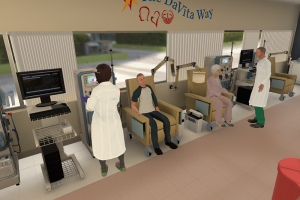 Meanwhile, a new generation of virtual reality (VR) is hailed as “the ultimate empathy machine.” For instance, you can strap on a reality-bending headset and get a small taste of the bias others endure by walking a mile in someone else’s virtual body. Look at yourself in a virtual mirror as a person of a different gender, age, or ethnicity. After four minutes, you’ll begin to experience the “body transfer illusion”: This superpower maps brains to virtual bodies and can be used to convey how a minority customer, employee, or colleague experiences the world, with the intention to spur people to think and act more inclusively.
Meanwhile, a new generation of virtual reality (VR) is hailed as “the ultimate empathy machine.” For instance, you can strap on a reality-bending headset and get a small taste of the bias others endure by walking a mile in someone else’s virtual body. Look at yourself in a virtual mirror as a person of a different gender, age, or ethnicity. After four minutes, you’ll begin to experience the “body transfer illusion”: This superpower maps brains to virtual bodies and can be used to convey how a minority customer, employee, or colleague experiences the world, with the intention to spur people to think and act more inclusively.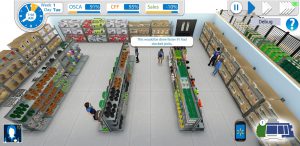 If you don’t think this applies outside of professional sports, think again. Walmart is broadening its talent pool with the first “esports of retail management.” More than 500,000 people have played department manager in the Sims-style Spark City mobile game developed by my firm. Feedback from female users has been overwhelmingly positive. One woman raved, “I’m not a gamer. I hate games, but this is awesome.” Another woman said, “I can play this game all day long.” Walmart has taken the bold step of making the game public on the Apple
If you don’t think this applies outside of professional sports, think again. Walmart is broadening its talent pool with the first “esports of retail management.” More than 500,000 people have played department manager in the Sims-style Spark City mobile game developed by my firm. Feedback from female users has been overwhelmingly positive. One woman raved, “I’m not a gamer. I hate games, but this is awesome.” Another woman said, “I can play this game all day long.” Walmart has taken the bold step of making the game public on the Apple 
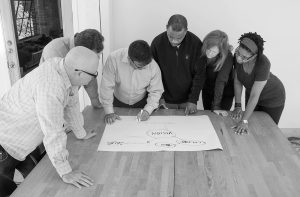 It’s important to recognise the types of diversity and to provide ways to ensure that you as a workplace, employer, or employee are contributing toward a more diverse and inclusive workplace. Employing staff with barriers to employment and treating them fairly is one of the ways employers can attract a more diverse workplace and diversify the skill sets within a workplace.
It’s important to recognise the types of diversity and to provide ways to ensure that you as a workplace, employer, or employee are contributing toward a more diverse and inclusive workplace. Employing staff with barriers to employment and treating them fairly is one of the ways employers can attract a more diverse workplace and diversify the skill sets within a workplace.

